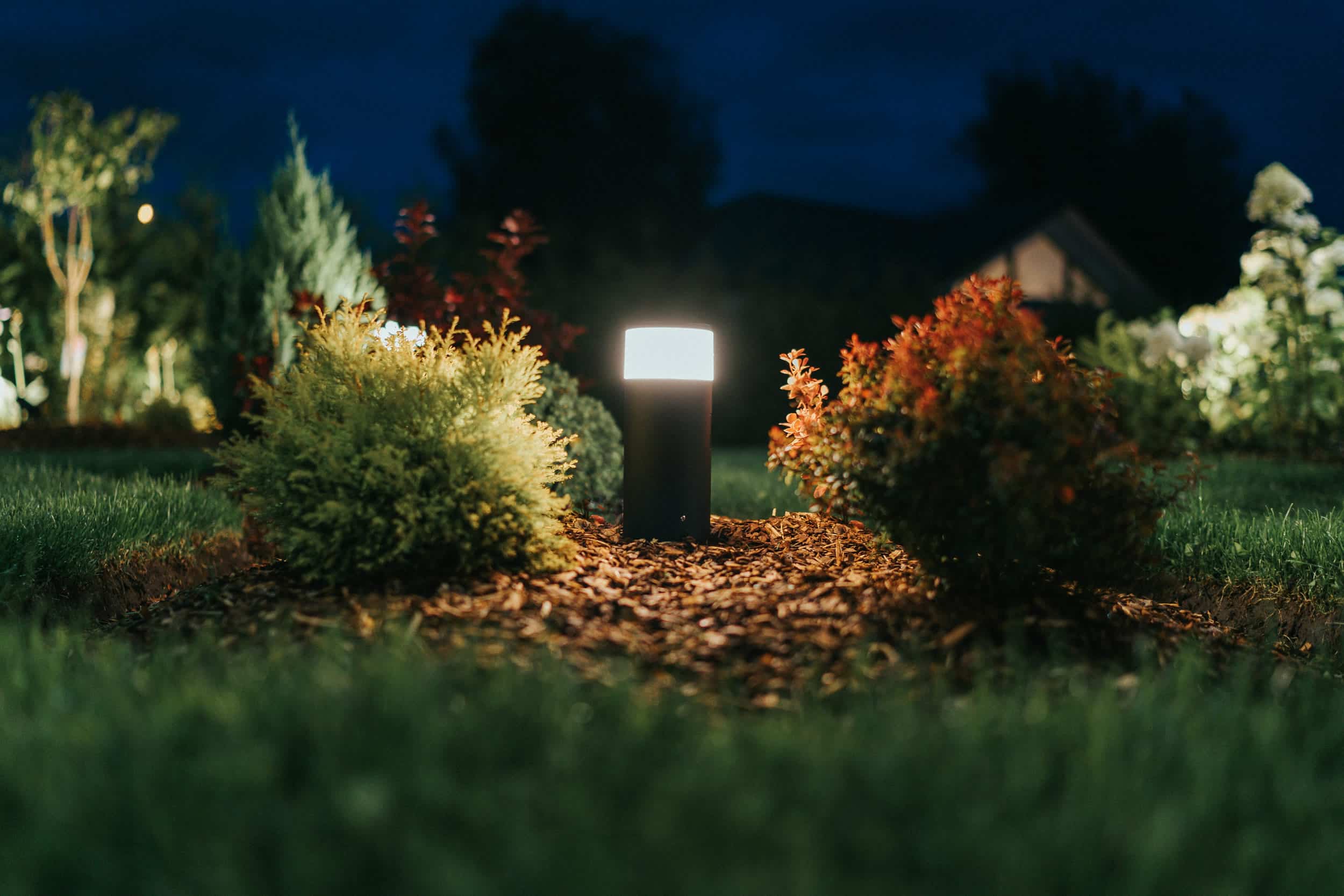Introduction to Outdoor Lighting
Outdoor lighting can transform your landscape into a magical wonderland, adding beauty, security, and functionality to your outdoor spaces. Whether you want to highlight your garden’s best features, illuminate pathways for safety, or create a welcoming ambiance for entertaining, the right lighting can make a significant difference. In this guide, we will explore how to add outdoor lighting to your landscape, focusing on key aspects such as design, installation, and maintenance. By the end of this article, you’ll have a comprehensive understanding of how to enhance your landscape with outdoor lighting.
Benefits of Outdoor Lighting
Outdoor lighting offers numerous benefits that go beyond mere aesthetics. Here are some key advantages:
- Enhanced Security: Well-lit areas deter potential intruders and provide peace of mind.
- Increased Safety: Illuminating pathways, stairs, and driveways reduces the risk of accidents.
- Extended Living Spaces: Outdoor lighting allows you to enjoy your garden or patio even after sunset.
- Improved Curb Appeal: A beautifully lit landscape can increase the value of your property.
- Highlighting Features: Accent lighting can draw attention to your garden’s best features, such as water fountains or sculptures.
Designing Your Outdoor Lighting Plan
Before you start installing lights, it’s essential to plan your outdoor lighting design. Consider the following steps:
Identify Key Areas
Start by identifying the areas you want to illuminate. Common areas include:
- Entryways and pathways
- Patios and decks
- Gardens and flower beds
- Pools and water features
- Driveways and garages
Choose the Right Lighting Fixtures
Select fixtures that complement your landscape and meet your lighting needs. Popular options include:
- Path Lights: Ideal for walkways and driveways.
- Spotlights: Perfect for highlighting specific features like trees or statues.
- Floodlights: Great for security and illuminating large areas.
- String Lights: Add a festive touch to patios and decks.
- Well Lights: Subtle fixtures that can be buried in the ground to highlight plants or architectural features.
Consider Lighting Techniques
Different lighting techniques can create various effects. Here are a few to consider:
- Uplighting: Placing lights at ground level to shine upwards, highlighting trees or structures.
- Downlighting: Installing lights high up to cast a soft glow over an area.
- Silhouetting: Placing a light behind an object to create a silhouette effect.
- Shadowing: Casting shadows on a wall or surface to add depth and interest.
- Moonlighting: Mimicking natural moonlight by placing lights high in trees.
Installing Outdoor Lighting
Once you have a plan, it’s time to install your outdoor lighting. Here are the steps to follow:
Gather Tools and Materials
Before starting, ensure you have all necessary tools and materials, including:
- Lighting fixtures and bulbs
- Low-voltage transformer
- Cable and connectors
- Timer or smart controls
- Shovel and trenching tool
- Wire strippers and cutters
Install the Transformer
The transformer is crucial for converting household voltage to a safe level for outdoor lights. Install it near an outdoor outlet and connect it to a power source.
Lay the Cable
Run the cable from the transformer to the lighting fixtures. Ensure it’s buried at least six inches underground to protect it from damage.
Connect the Fixtures
Attach the fixtures to the cable using connectors. Ensure all connections are secure and weatherproof.
Test the System
Once everything is connected, test the system to ensure all lights are working correctly. Adjust fixture angles and positions as needed.
Maintaining Your Outdoor Lighting
Regular maintenance ensures your outdoor lighting system remains effective and attractive. Here are some tips:
- Clean Fixtures: Remove dirt and debris from fixtures to maintain brightness.
- Check Connections: Regularly inspect connections for any signs of wear or damage.
- Replace Bulbs: Replace burnt-out bulbs promptly to ensure consistent lighting.
- Trim Vegetation: Keep plants and trees trimmed to prevent them from blocking light.
- Adjust Fixtures: Periodically adjust fixture angles to accommodate plant growth and seasonal changes.
Conclusion
Adding outdoor lighting to your landscape is a rewarding project that enhances the beauty, safety, and functionality of your outdoor spaces. By carefully planning your lighting design, choosing the right fixtures, and following proper installation and maintenance practices, you can create a stunning outdoor environment that you and your family will enjoy for years to come. Start your outdoor lighting project today and experience the transformation it brings to your landscape. For more landscaping ideas, check out our transformative ideas to make your yard look amazing. If you’re considering a broader landscape makeover, our ultimate guide to planning your dream backyard makeover might be helpful.
